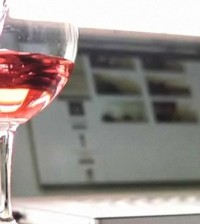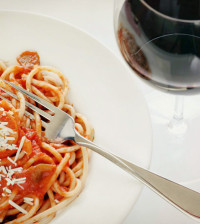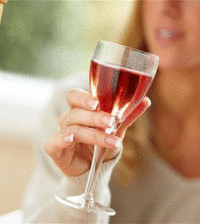Tips on Finding Awesome Sparkling Wine
Wine world would certainly use some more mindfulness and substantial info on sparkling wines, for we can surely still find people that simply aren’t aware that the phrase ‘sparkling wines’ goes far beyond Champagne. This lack of knowledge really gets in the way when they intend to buy sparkling wine. In fact, most sparkling wines aren’t Champagne and that’s actually quite fortunate, for if we can get the bubbly sensation without seeing the last coins popping out of the pocket, why wouldn’t we?
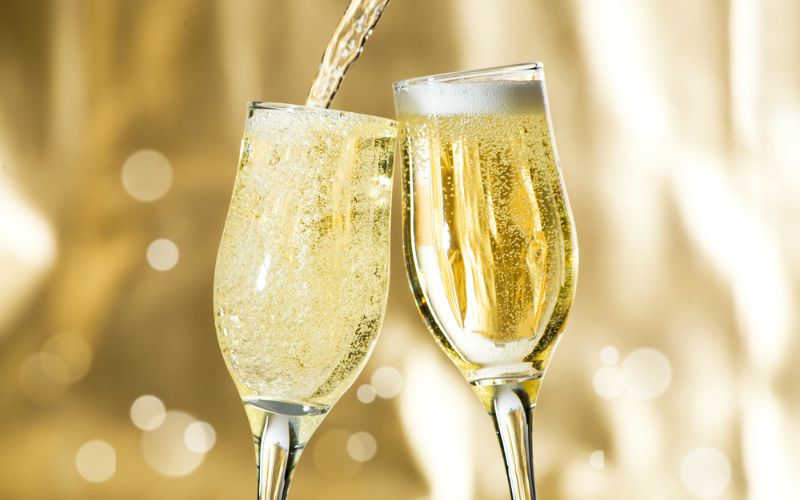
If you are planning to buy sparkling wine, one reasonable way to become wine-smarter (when it comes to fine, yet decently-priced sparks) is to keep track of what’s going on outside the small region of Champagne (situated in France). A great variety of sparkling wines are being produced in the same way as Champagne and feature many of the same varieties of grapes, but they are not Champagne. And certainly not as pricey as Champagne and not necessarily from France.
Champagne is No Loner
As already mentioned, Champagne is just one type of sparkling wine; there is a whole range of other high quality sparkling wines produced in France and in many other parts of the world. For instance, the Italian Metodo Classico, the Spanish Cava, the German/Austrian Sekt, the Portugal/Argentinian Espumante, the American/Australian Méthode Champenoise, the South African Cap Classique and many more. Also, less known fact is that France alone has 23 kinds of sparkling wine apart from Champagne.
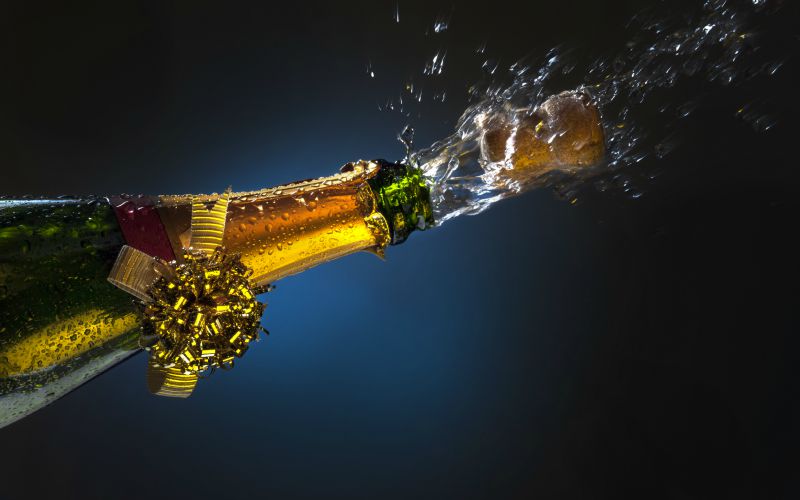
Northern Spain Sparks Off!
In Northern Spain, sparkling wines are called “Cava” and they successfully mimic Champagne, but cost less than $20 and that is a great deal indeed!
- Cava: non-vintage, aging period: 9 months
- Reserva: Cava, non – vintage, aging period: 15 months
- Gran Reserva: Cava, vintage, aging period: 30 months
When Smooth Gets Bubbly!
Sparkling wines tend to improve with extended aging, precisely during the process named Tirage (“Tear-ahj”). Tirage takes place after the second fermentation (it is exactly then when sparkling wines get bubbly) and involves the process of leaving the wine to rest on the dead yeast particles that naturally occur after fermentation has finished its course. These tiny particles are named “lees” and they are to blame for the creamier texture and the nutty flavour of wine. Winemakers may shorten the tirage period, or make it last longer in order to alter the way these unique particles contribute to the final version of the wine. The minimum tirage period is 9 months whereas the best sparkling wines have a tirage period of 3-8 years.


